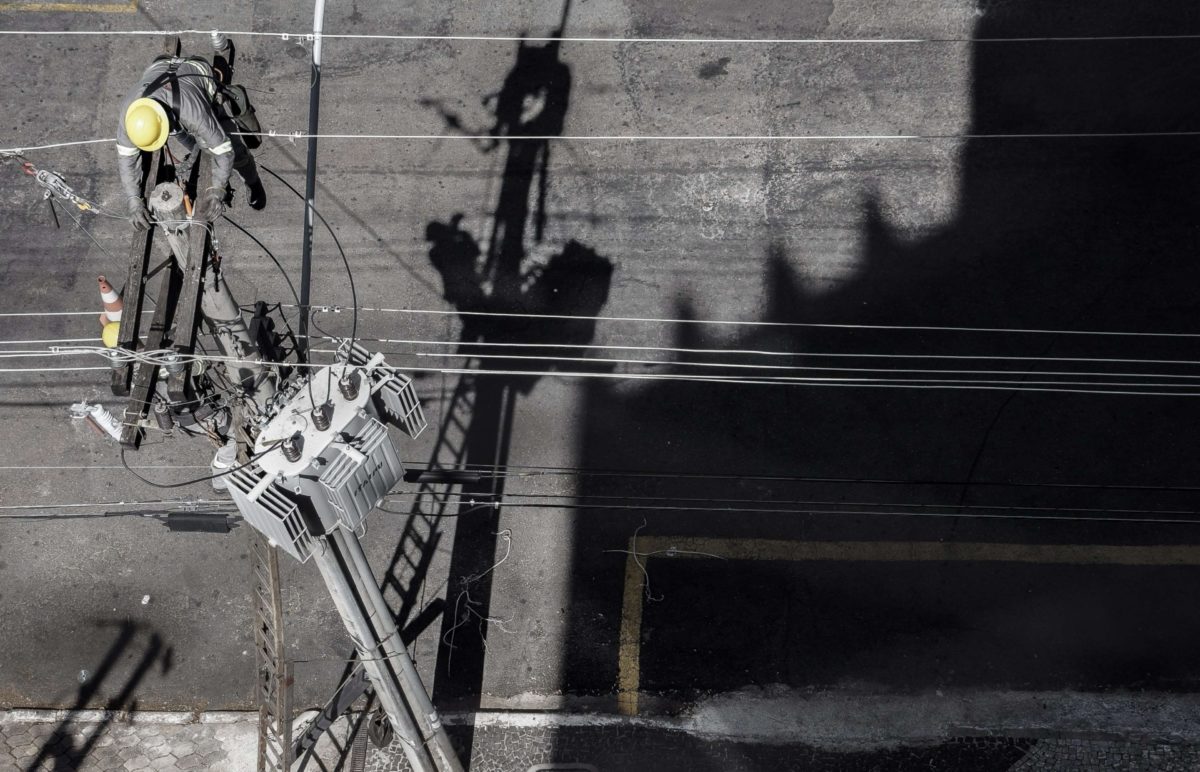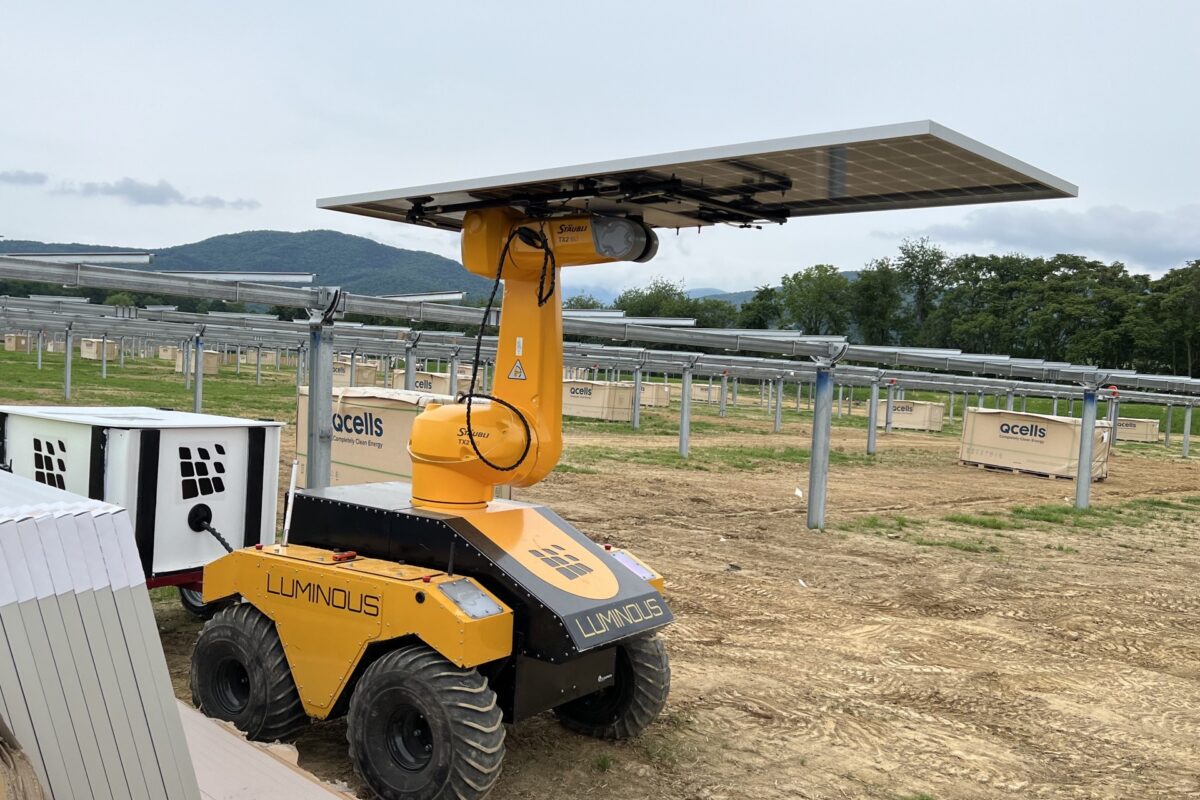Federal Energy Minister Angus Taylor is finally convening State and Territory energy ministers for the supposedly quarterly COAG Energy Council (Council) this Friday in Perth. Taylor has failed to gather the Council in almost a year, but it is believed he supplied a note from his mum.
Taylor is taking the meeting to Perth, neutral ground considering Western Australia is not part of the beleaguered National Electricity Market. Although, Perth is ultimately a wise choice considering the meeting is unlikely to be evacuated due to risk of being engulfed by the bushfires razing the east coast.
Ernst & Young Australia (EY) are calling for the Council to supply a significant capital boost (in the range of $1 billion) to the AEMO as the National Energy Market (NEM) is running the real risk of falling into disarray without concerted action across all tiers of government. EY contend that AEMO is currently too weak in terms of capacity and funding to coordinate the upgrades to generation, transmission and distribution necessary to secure Australia’s energy future.
The problem, says EY Oceania Partner, Energy Transition, Cara Graham, is that the days of a passive approach to delivering electricity to customers is over: “From a distribution perspective, you’re suddenly managing a network that’s got a whole bunch of assets hanging off the end of it that you don’t own or control or, even worse, you don’t know are there.” ARENA predicts that 45% of of Australia’s energy will come from distributed energy resources (DER) by 2050.
Thankfully, EY is not merely yelling out from the sidelines. The global firm has released an action plan to fix Australia’s creaking energy grid. The plan includes a list of key recommendations for the Federal, State and Territory Governments to implement.
These include:
· AEMO needs a new funding compact to undertake an enhanced coordination role for Australia’s energy grid as power becomes more decentralised – this coordination and management role does not negate the need for network providers to build the system;
· As part of this new role, AEMO should be given more power to influence the network architecture to efficiently manage a decentralised National Energy Network;
· Further rollout of smart meters for households to better understand their consumption and generation of energy;
· Better use of data to enable peer-to-peer communication and coordination of the energy grid in the future rather than continued reliance on a strong central authority to undertake those tasks; and
· Investigation of demand-side incentives, including instantaneous price signals, to encourage more efficient use of energy by users such as households and businesses.
The need for the AEMO to analyse large and immediate sources of data is essential to the new energy system. As Ben Vanderwaal, EY Oceania Partner, Energy Market Modelling, said: “one of the really significant challenges of the energy transition is understanding what’s happening every five minutes of every day.” After all, with the introduction of bidirectional energy flows into the grid from disparate sources like residential solar PV, it is necessary that the AEMO has enough data to coordinate the grid when, for instance, cloud-cover moves over a large part of NSW.
EY Oceania Energy Transition Leader, Matt Rennie said, “The time for waiting is over. Billions of dollars need to be spent in the next 20 years, we simply can’t afford to wade into the water with our eyes closed. It is clear we need concerted action now to ensure Australia’s energy grid remains reliable and efficient.”
As Australia transitions to renewable and decentralised energy it is vital, says Rennie, that AEMO receives “a new funding compact to re-imagine and implement an even more complex and data-driven grid. We recommend they are given a significant additional capital injection to fulfil this expanded remit.”
Rennie admitted that individual distribution networks might not take too kindly to the system operator charging in and taking an overly managerial stance. However, Rennie argues that if the grid is to transform, “we simply need to clearly delineate the roles of market participants and recognise that system operation will extend into decentralised energy in the future. The distribution system will become the source of generation in a decentralised world.”
The first priority of policymakers, says Rennie, is engineering reliability, and “AEMO is best placed to answer these first-order questions,” concluded Rennie, “with input from other parts of the energy grid.”
The Clean Energy Council (CEC) prioritised the task of policymakers at the Council meeting slightly differently than EY this week, though more or less in the same vein. The CEC believes the highest priority is the downturn in new renewable large-scale energy investment as a result of, among many catalysts, the absence of federal energy policy post-2020.
Of course, one of the other significant issues causing the drop in new large-scale renewable energy investment is the embattled grid leading to congestion issues, delays for large-scale renewable generators and higher costs.
Ultimately then, the call to action for the long-overdue COAG Council is a harmonious cry to wake up the sleeping Federal giant.
This content is protected by copyright and may not be reused. If you want to cooperate with us and would like to reuse some of our content, please contact: editors@pv-magazine.com.









1 comment
By submitting this form you agree to pv magazine using your data for the purposes of publishing your comment.
Your personal data will only be disclosed or otherwise transmitted to third parties for the purposes of spam filtering or if this is necessary for technical maintenance of the website. Any other transfer to third parties will not take place unless this is justified on the basis of applicable data protection regulations or if pv magazine is legally obliged to do so.
You may revoke this consent at any time with effect for the future, in which case your personal data will be deleted immediately. Otherwise, your data will be deleted if pv magazine has processed your request or the purpose of data storage is fulfilled.
Further information on data privacy can be found in our Data Protection Policy.